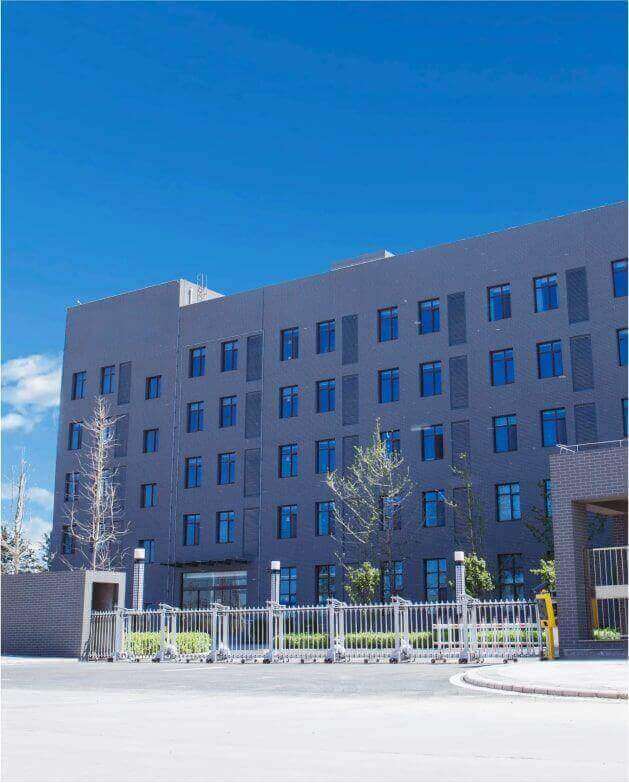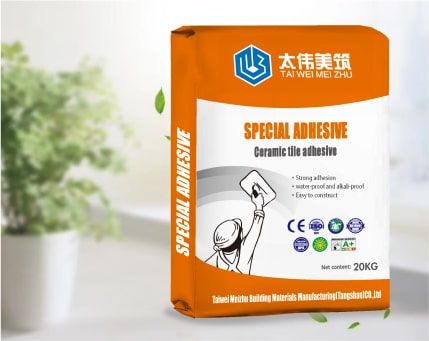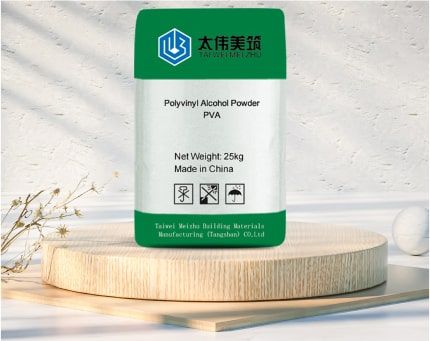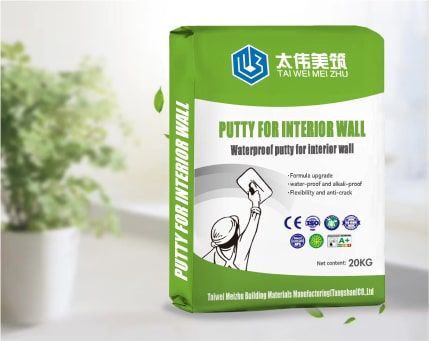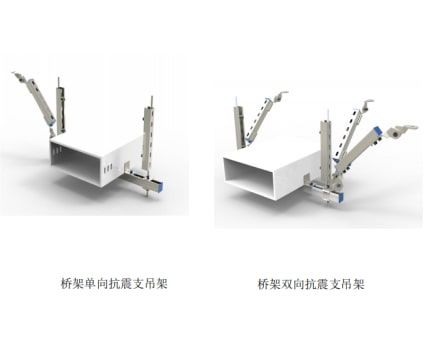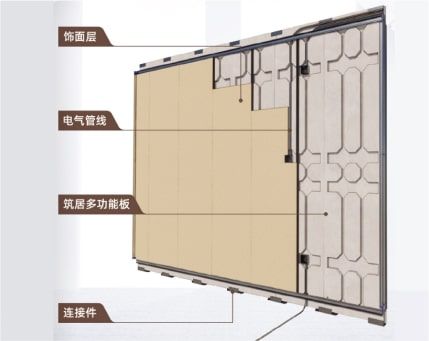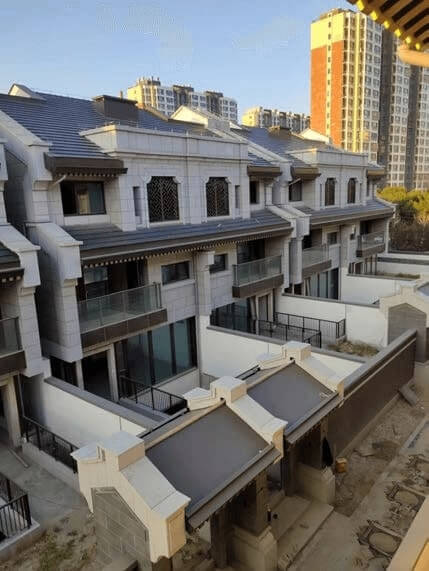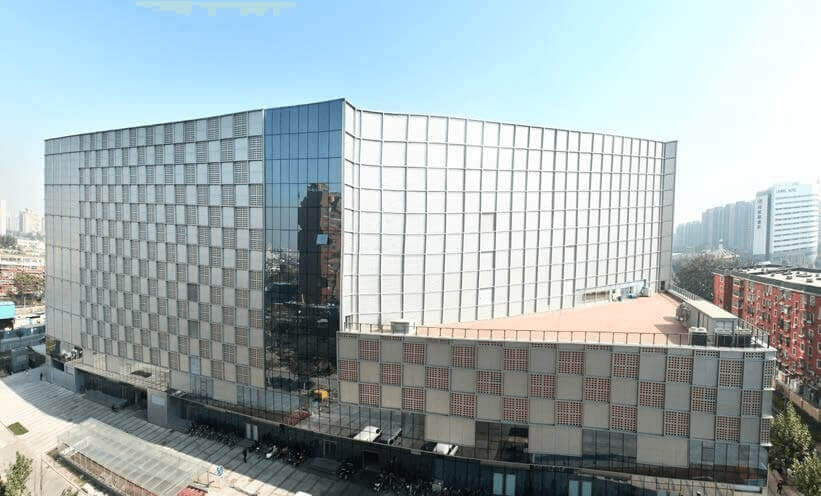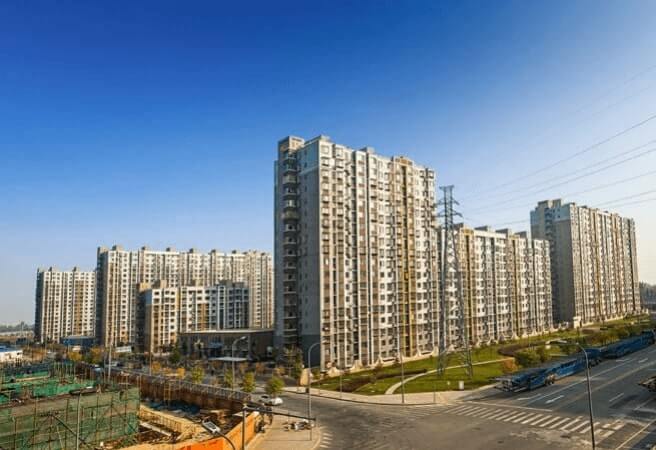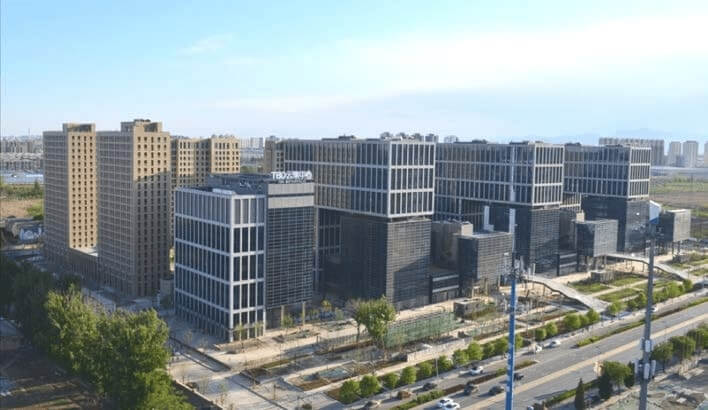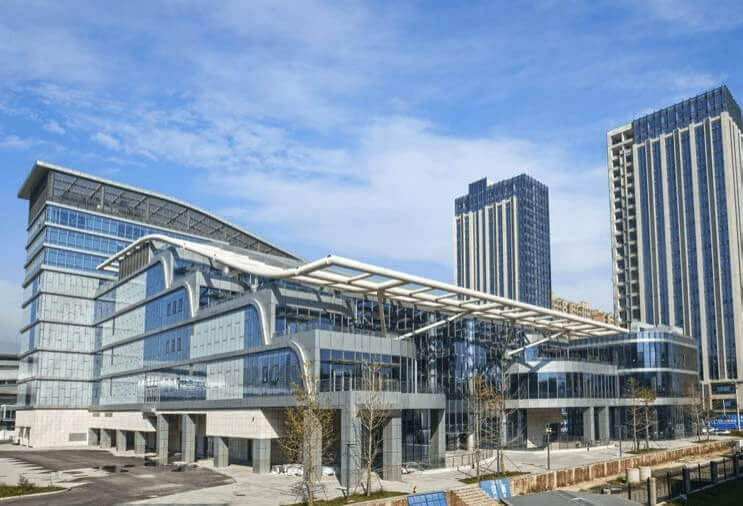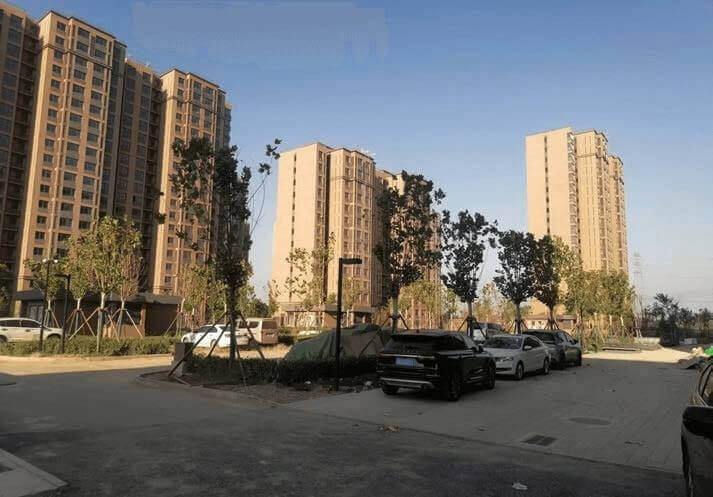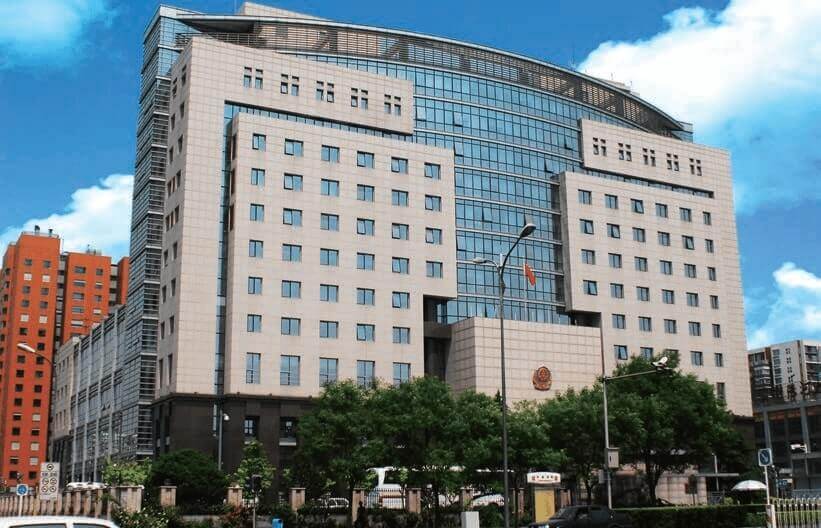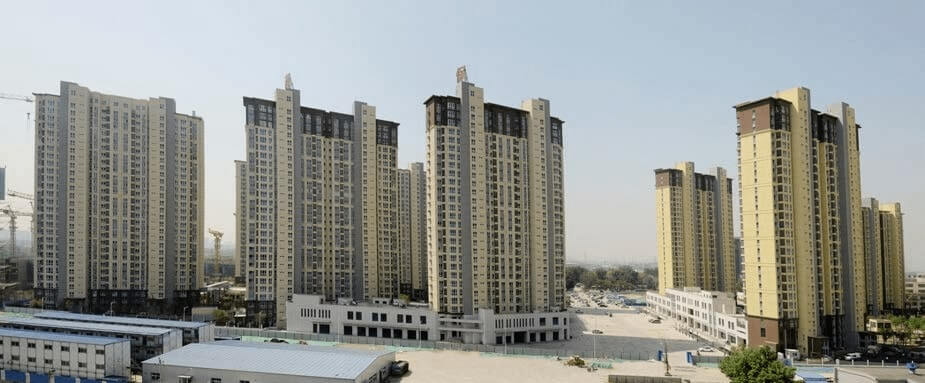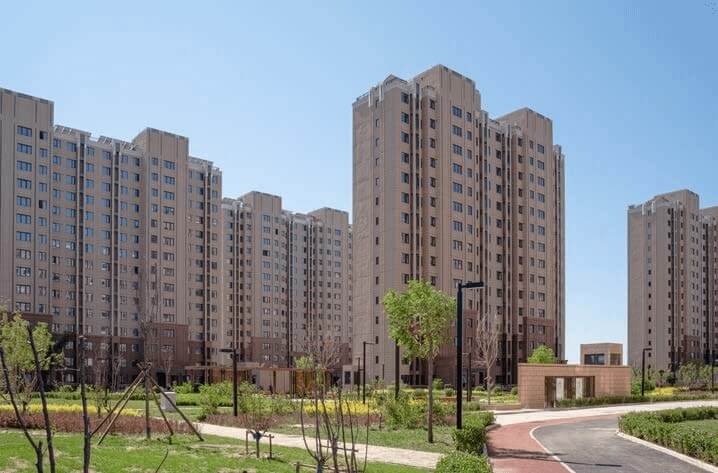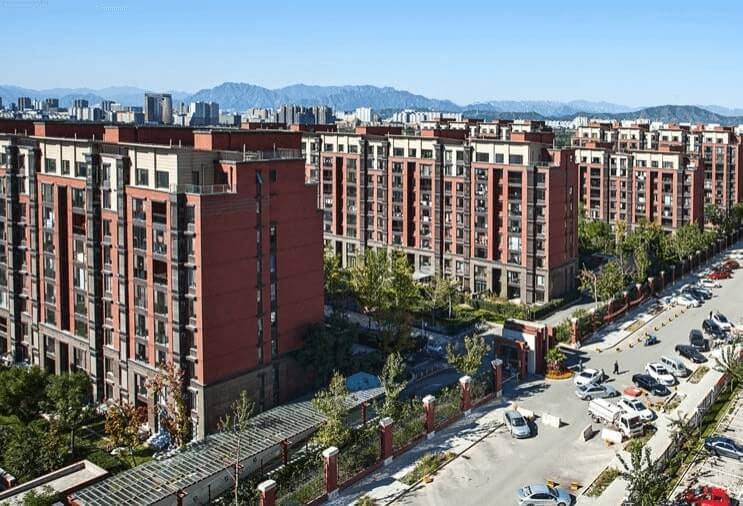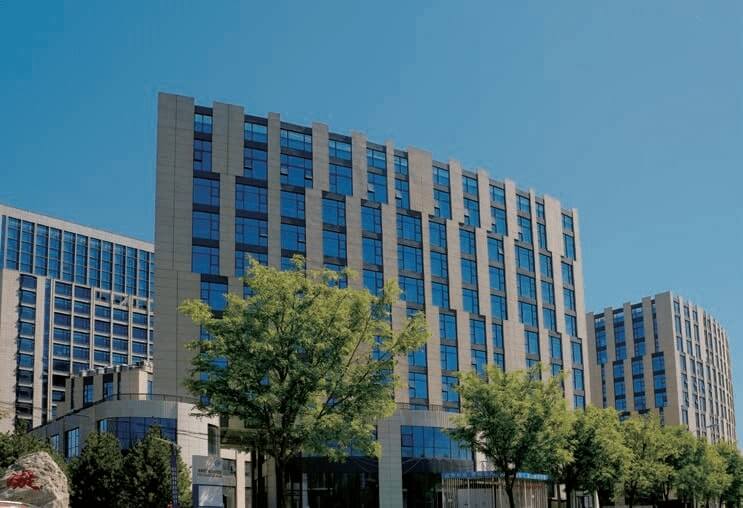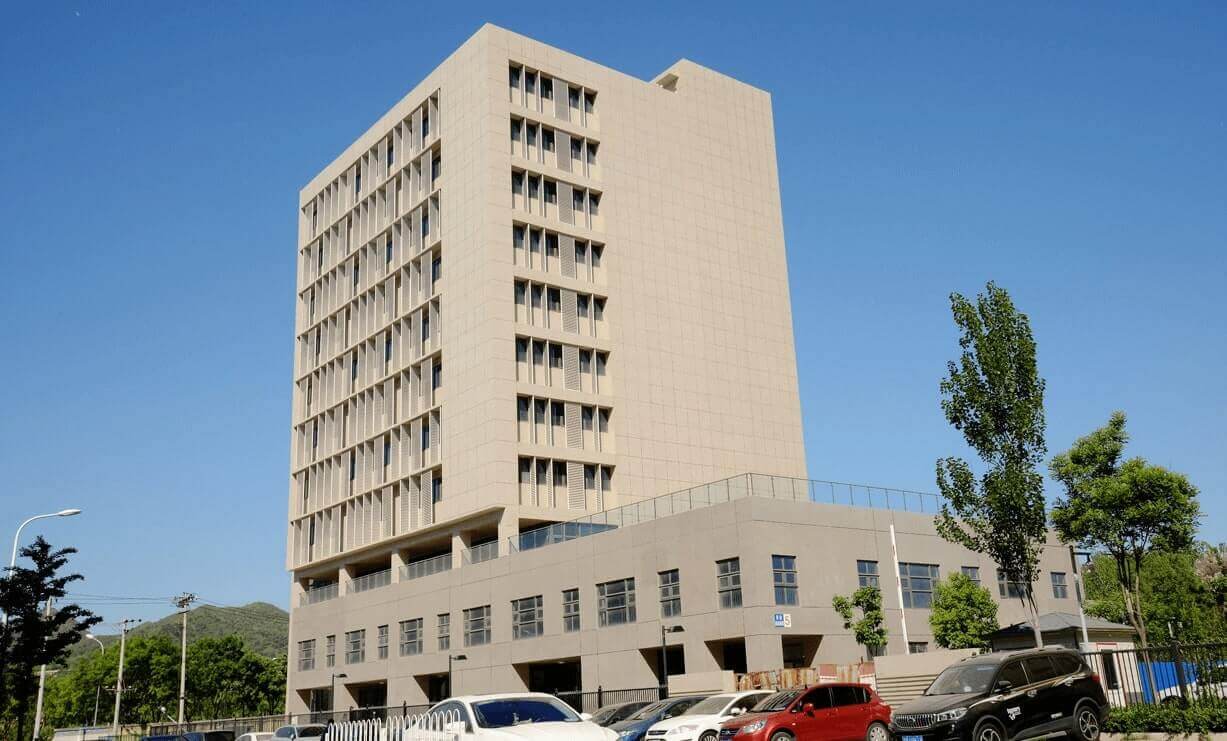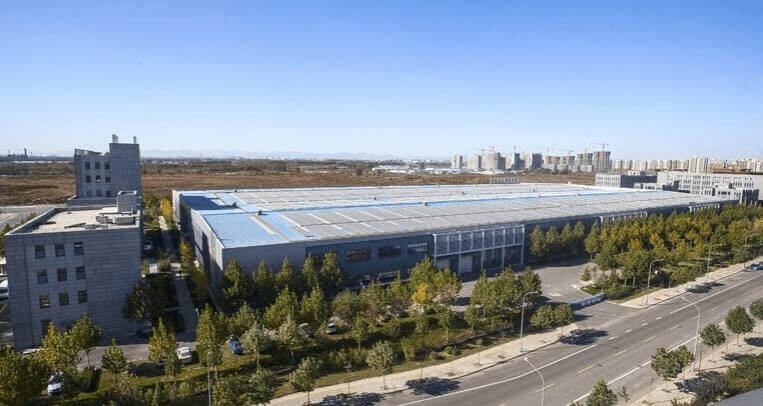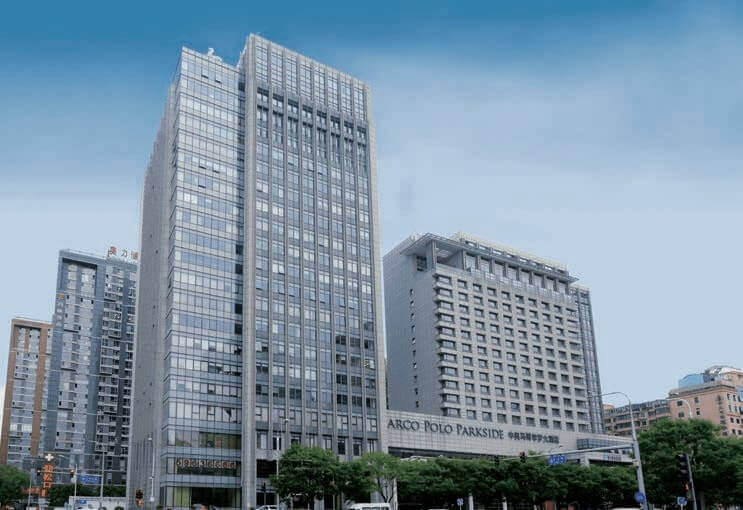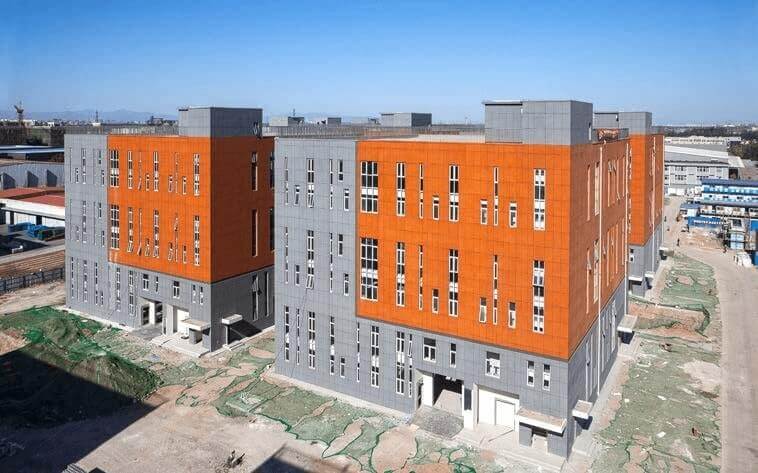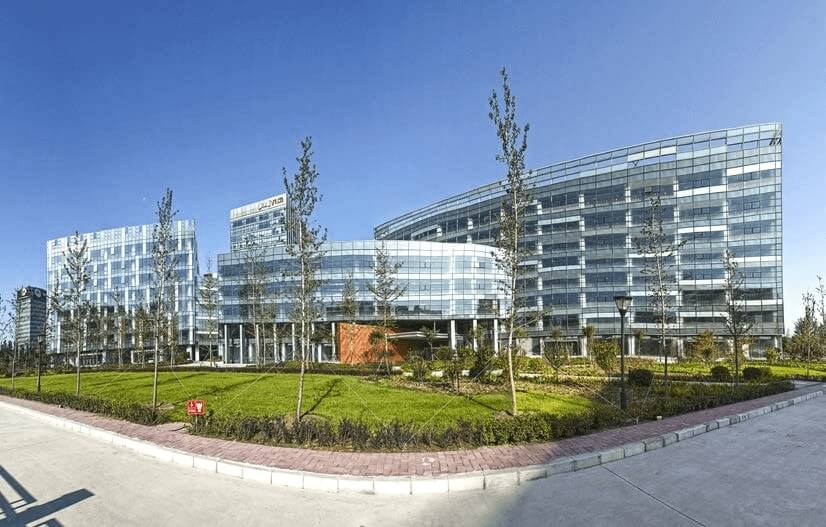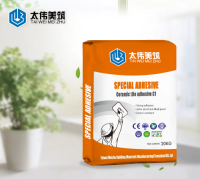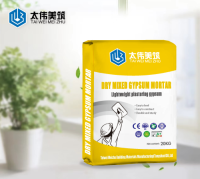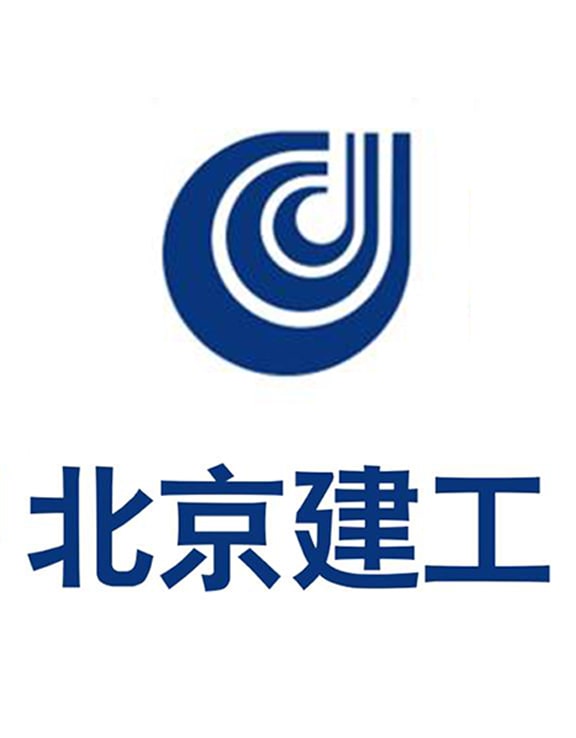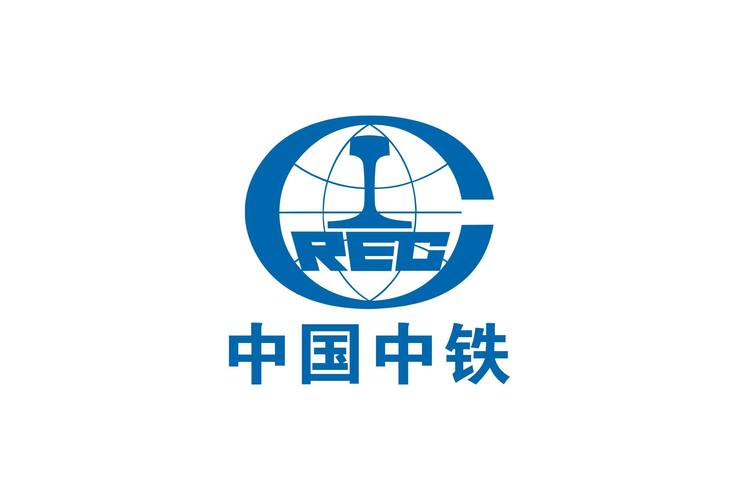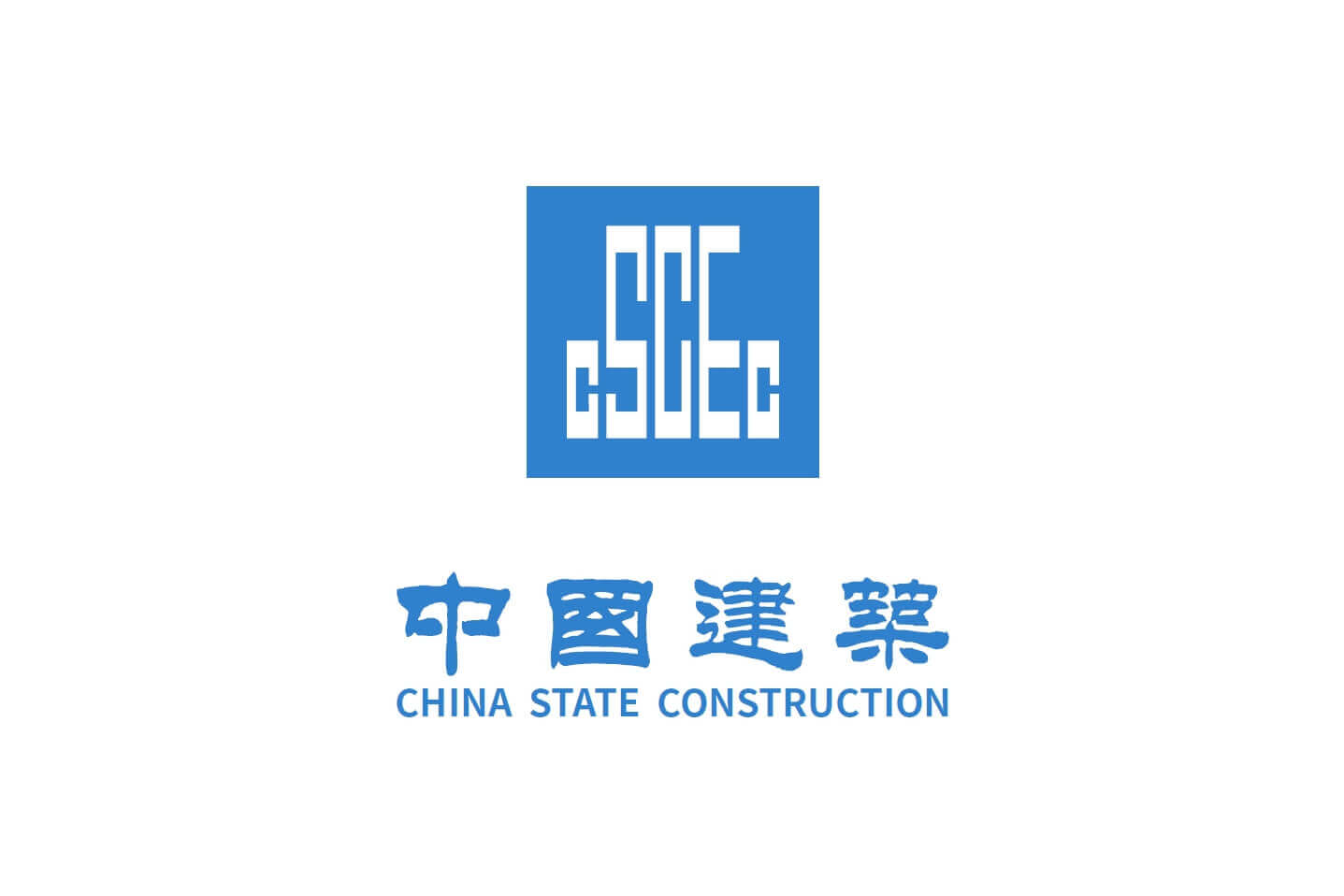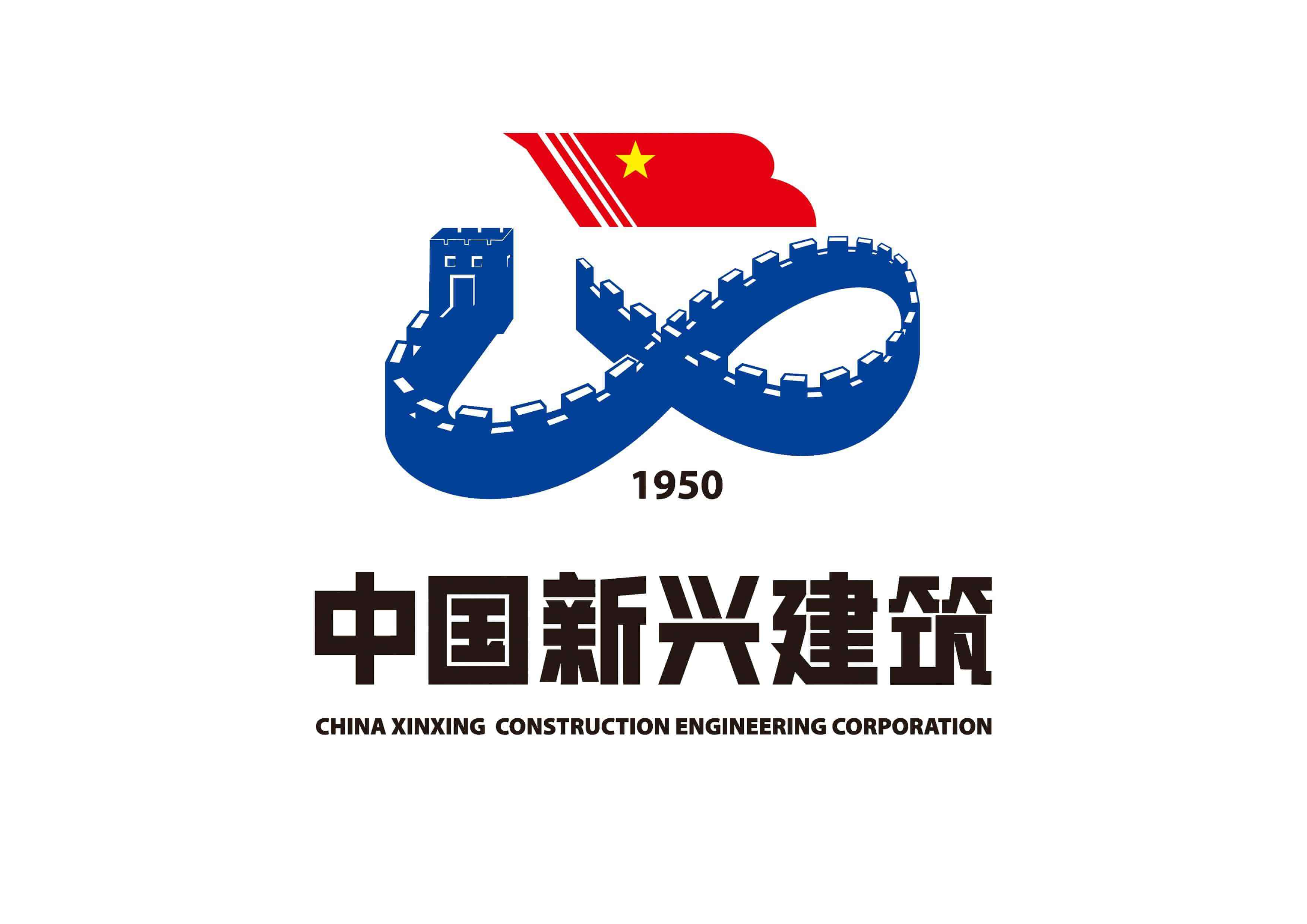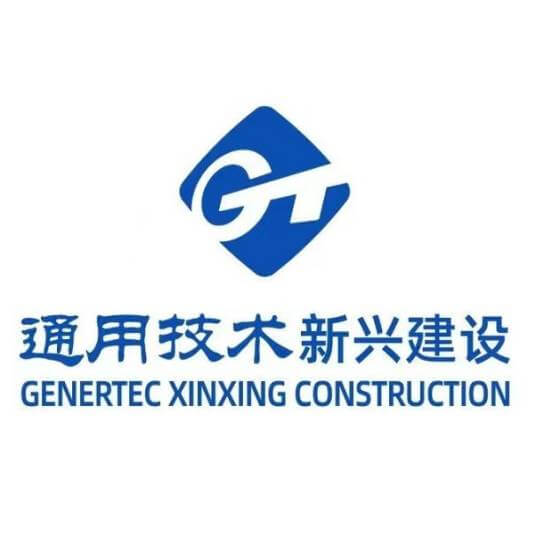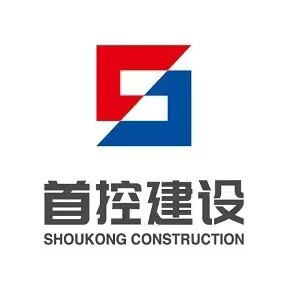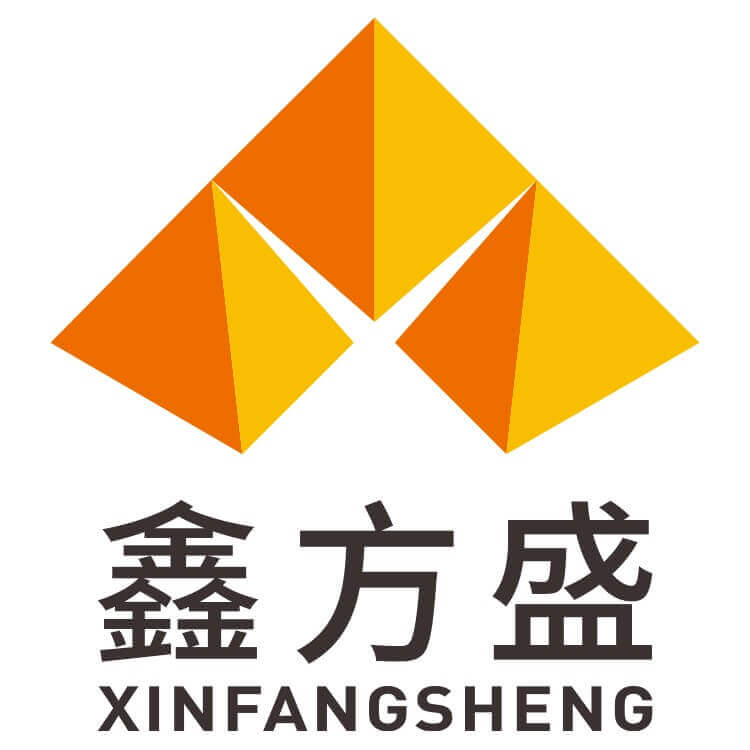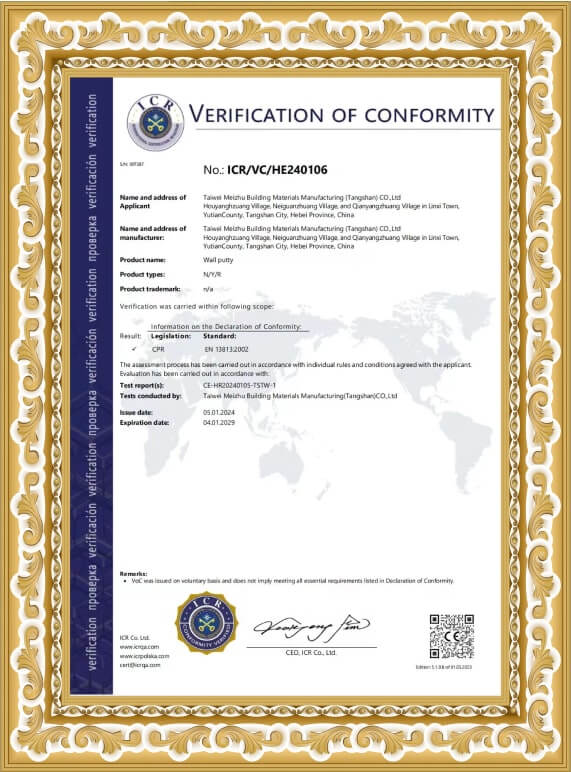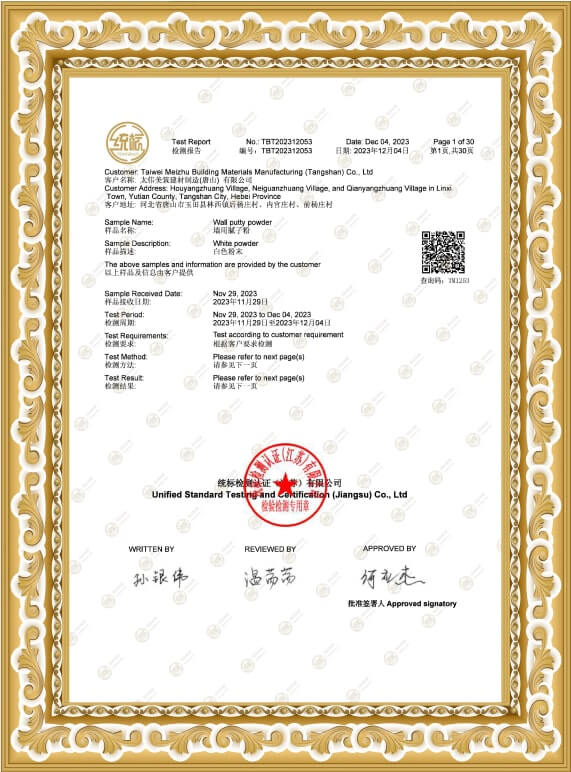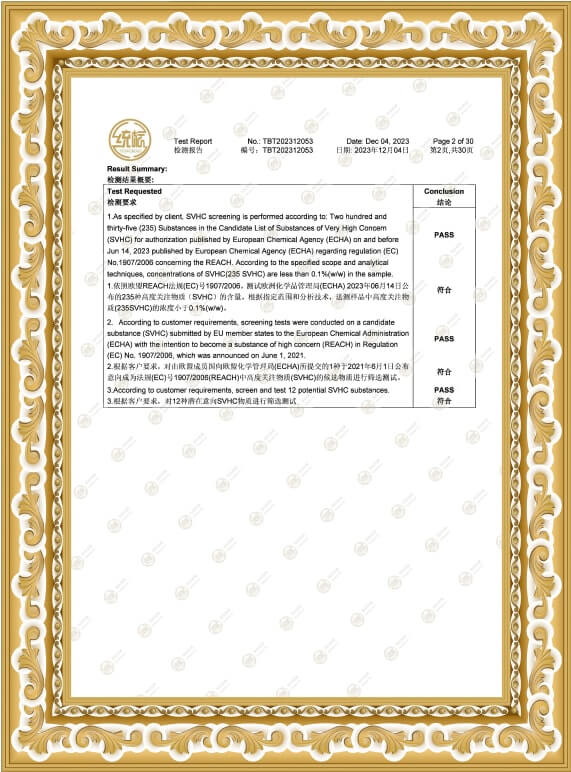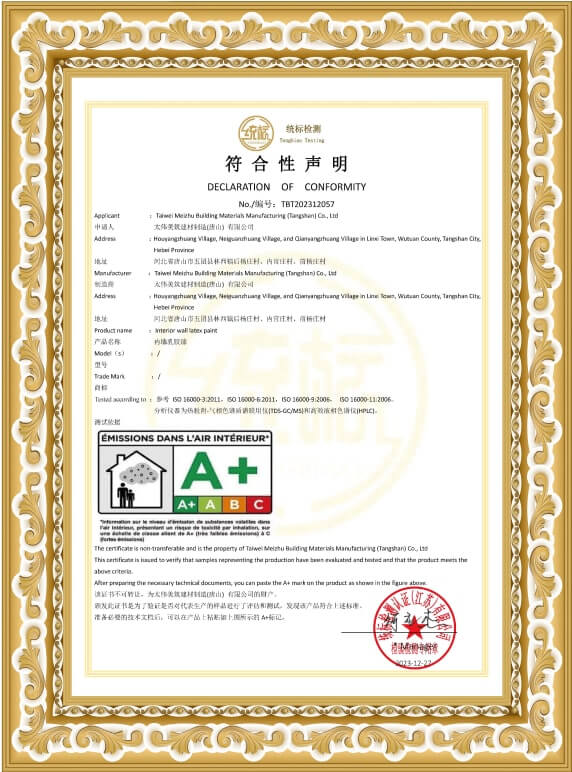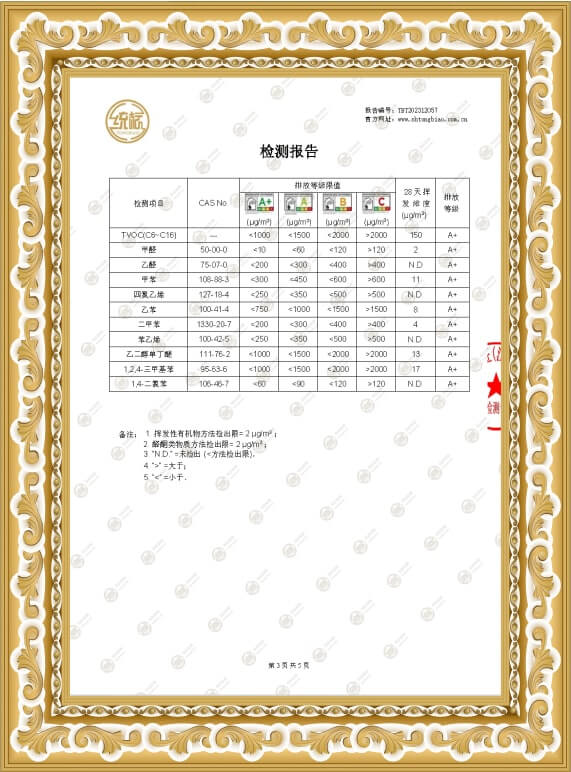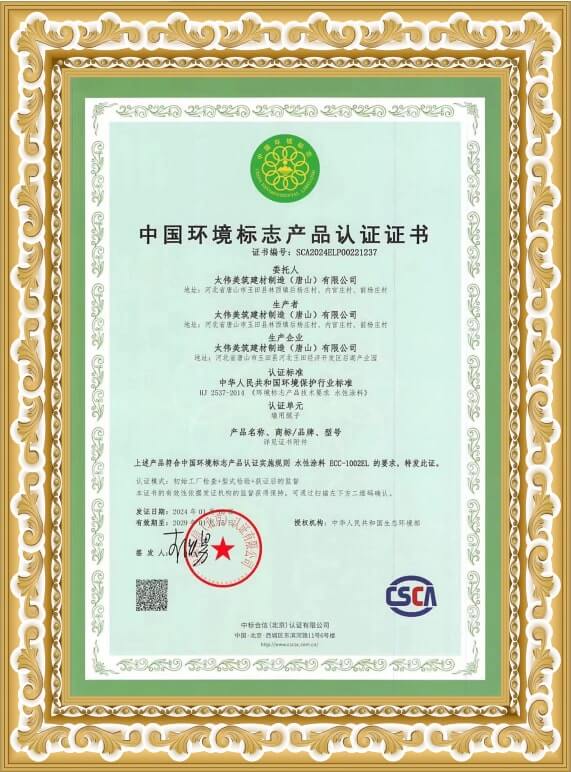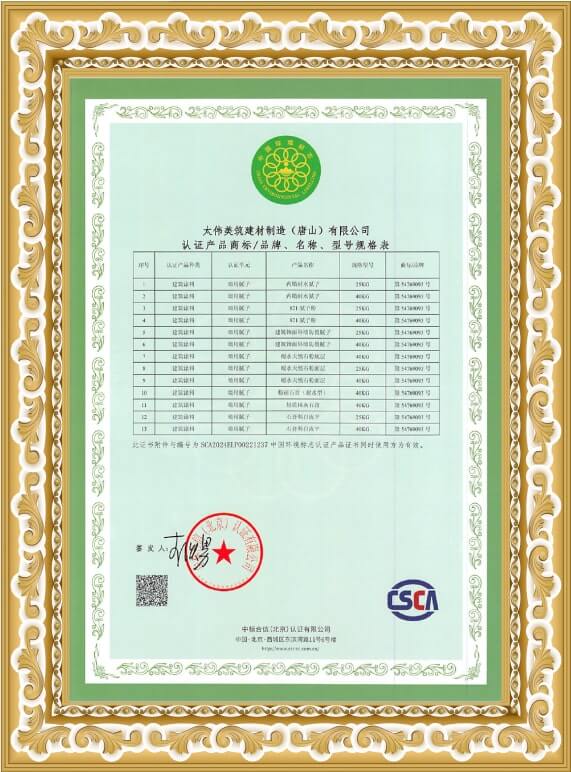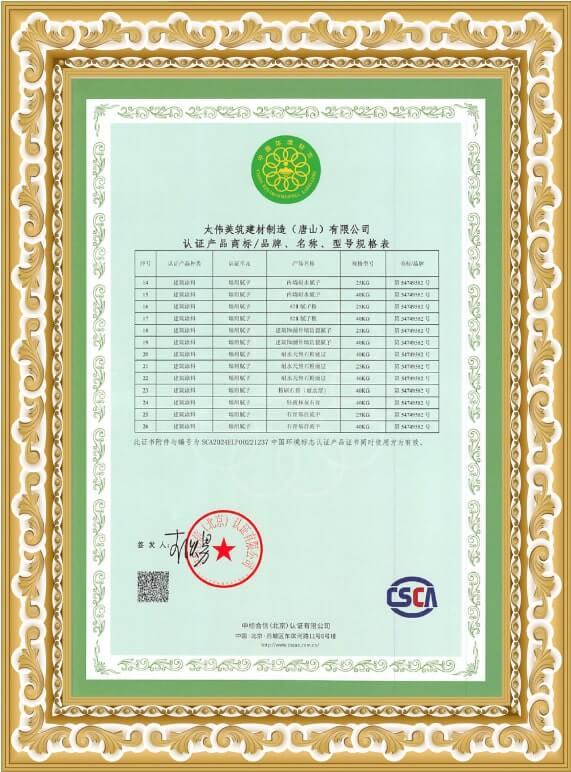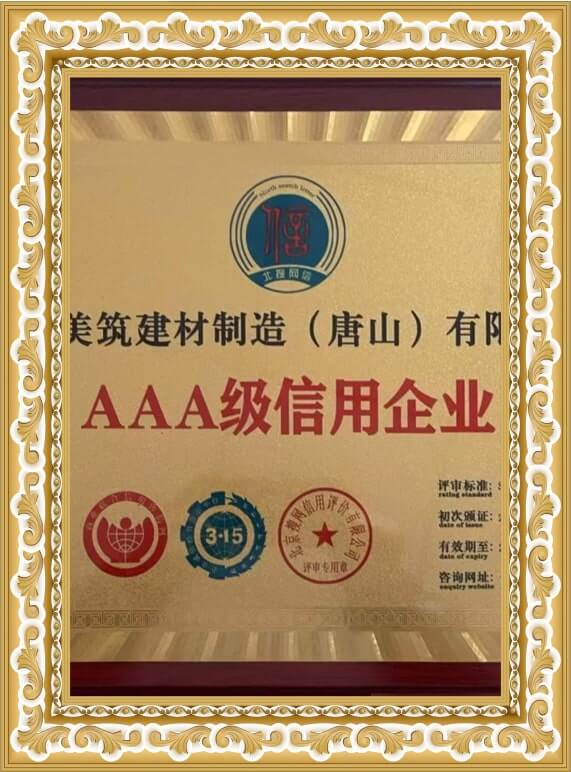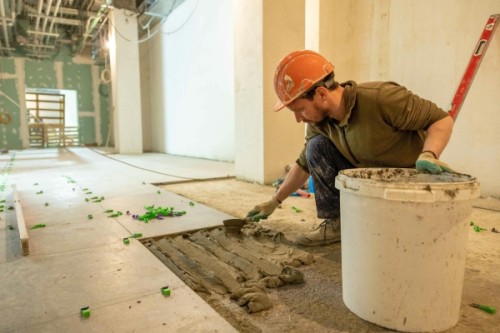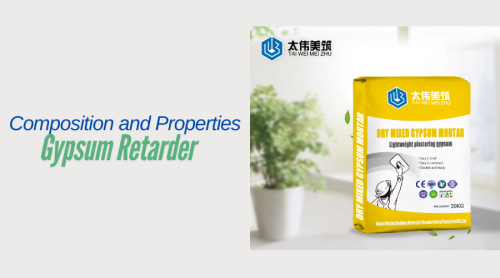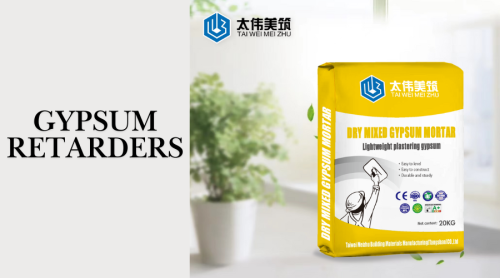By Admin
The construction industry constantly evolves with a growing need for efficiency, durability, and precision in material performance. Among the key materials used in modern construction is gypsum, a compound widely employed for its versatility in applications such as plaster, drywall, and prefabricated elements. However, the rapid setting nature of gypsum can sometimes pose challenges. This is where gypsum retarders come into play. Gypsum retarders are chemical admixtures used to delay the setting time of gypsum-based materials. These additives allow more working time during construction, enhance workability, and reduce waste. In this blog, we will explore the different types of gypsum retarders and how they are applied in modern building projects, offering insights into their chemistry, performance, and suitability for various construction needs. Understanding the Role of Gypsum Retarders To appreciate the types of retarders available, it is essential to first understand their function. Gypsum (calcium sulfate dihydrate) hardens when mixed with water due to a hydration reaction. While this property is beneficial for fast-track applications, it often needs control in large-scale or intricate projects. Gypsum retarders interfere with the hydration process, slowing down the reaction and extending the setting time. This ensures that workers have adequate time to mix, apply, smooth, and finish the gypsum product, especially in large areas or high-temperature environments. By modifying the set time, retarders also improve surface quality and prevent cracks caused by premature drying. Classification of Gypsum Retarders Gypsum retarders can be categorized based on their chemical composition and source. Each type offers specific advantages depending on the requirements of the building project, environmental conditions, and compatibility with other additives. Protein-Based Retarders Protein-based gypsum retarders are among the most widely used types in the construction industry. They are derived from natural proteins, such as casein (milk protein) or animal glue. These retarders work by adsorbing onto the surface of calcium sulfate hemihydrate particles, thereby slowing down their dissolution in water. This action reduces the rate of crystal growth and delays setting. Protein-based retarders are valued for their strong retarding efficiency and consistent performance across various applications. They are particularly useful in gypsum plaster and wall putty formulations. However, they may be sensitive to temperature and microbial degradation if not properly stabilized. Applications: Interior wall plastering Ceiling works Hand-applied wall putties Organic Acid Salts Another major category of gypsum retarders includes organic acid salts, such as salts of tartaric acid and citric acid. These retarders function by chelating calcium ions, which are essential for crystal formation during setting. Citric acid and its derivatives are commonly used because they offer excellent retarding ability with minimal impact on mechanical strength. However, excessive amounts may lead to undesirable delays in hardening, especially in colder climates. Organic acid salts are suitable for fast-drying compounds and are often preferred in formulations where protein-based retarders are unsuitable due to stability concerns. Applications: Dry-mix joint compounds Gypsum self-leveling screeds Spray-applied plaster systems Synthetic Retarders Synthetic gypsum retarders are specially engineered for consistent performance, enhanced shelf life, and resistance to microbial attack. These retarders are typically composed of polycarboxylates, phosphonates, or modified cellulose derivatives. The advantage of synthetic retarders lies in their predictable behavior and compatibility with a wide range of gypsum-based formulations. They allow fine-tuning of set times and are often incorporated into products that require exact working time specifications. Synthetic retarders are used in industrial settings and prefabricated construction elements where reproducibility is critical. Applications: Gypsum board production Modular construction panels Automated plastering systems Natural Sugar Derivatives A less commonly used but still effective type of gypsum retarder involves sugar-based compounds, such as glucose, sucrose, or molasses derivatives. These materials slow down the hydration of gypsum by forming complexes with calcium ions or by coating gypsum particles. While effective at low dosages, sugar derivatives may introduce variability due to inconsistent purity levels. They are more frequently used in traditional construction settings or regions where organic protein-based or synthetic chemicals are less accessible. Applications: Manual plaster applications Low-cost housing construction Small-scale construction projects Comparative Analysis of Gypsum Retarder Types Different gypsum retarders offer distinct benefits depending on the construction environment, gypsum formulation, and project timeline. For example, protein-based retarders are excellent for small to medium-sized applications due to their ease of use and reliability. On the other hand, synthetic retarders are ideal for automated processes in large-scale prefabrication industries. Factors that influence the choice of retarder include: Required setting time extension Compatibility with other additives (e.g., thickeners, water reducers) Cost of raw materials Storage and shelf life Environmental and temperature conditions Understanding these variables helps builders and manufacturers select the most suitable retarder type for their application. Applications of Gypsum Retarders in Modern Building Projects Gypsum retarders play a vital role in modern construction, especially as the industry moves toward efficiency, sustainability, and precision-engineered solutions. Below are some of the major areas where retarders are extensively used. Interior Wall Finishes and Plasters Interior plasters often require extended working time for smooth application, finishing, and surface leveling. Gypsum retarders help maintain a uniform setting process, allowing workers to handle larger areas without rushing. This results in fewer joints, better adhesion, and a superior finish. In hot climates or fast-drying conditions, using a retarder becomes essential to avoid premature hardening, which could lead to weak bonds and cracks. Lightweight Gypsum Boards The production of gypsum boards (drywall) involves high-speed continuous processes where timing is critical. Retarders are added to regulate the setting time during the formation of the board, ensuring proper consolidation before cutting and drying. Synthetic retarders are particularly useful in this application due to their consistency and ease of control in automated systems. Modular and Prefabricated Construction The rise of modular building systems has increased the demand for pre-cast gypsum-based elements. These products require additives that allow for mold filling, vibration, and surface smoothness without early setting. In such scenarios, high-performance synthetic or organic retarders are chosen for their reliability in controlled manufacturing environments. Decorative Moldings and Ceiling Tiles Architectural elements such as ceiling tiles, cornices, and moldings often use gypsum due to its ability to capture fine details. However, these elements require slow setting to avoid defects, bubbles, or incomplete casting. Gypsum retarders make it possible to pour intricate molds with consistent flow and reduce surface imperfections in the final product. Joint Compounds and Wall Putty Joint compounds must remain workable for extended periods to allow for taping, filling, and sanding. Gypsum retarders ensure the right balance between set time and drying time, enabling smooth and durable finishes. In wall putty applications, retarders help in reducing drying shrinkage and enhancing surface quality, especially when applied in thin coats. Floor Underlayment and Self-Leveling Screeds Gypsum-based underlayments and self-leveling screeds benefit from retarders that slow down setting and improve flowability. This ensures a level surface over large floor areas without the risk of cold joints or cracking due to rapid hardening. Modern synthetic retarders are often used to balance extended working time with early strength development. Sustainability and Performance Enhancement Today’s construction industry emphasizes eco-friendly practices and the use of low-emission materials. Many gypsum retarders are formulated to comply with green building standards such as LEED and BREEAM. By reducing material waste, enhancing surface quality, and improving workability, gypsum retarders contribute to more sustainable building practices. Some manufacturers even offer retarders free from formaldehyde, heavy metals, and VOCs. Conclusion Gypsum retarders are indispensable in modern building projects. Whether you’re working on a small residential project or a large industrial prefab unit, choosing the right retarder can significantly impact the quality, efficiency, and durability of your work. With various types—protein-based, organic acids, synthetic, and sugar derivatives—each offering unique benefits, it is essential to evaluate your specific application requirements, environmental factors, and compatibility with other materials. As construction trends continue to evolve, so too will the technology behind gypsum additives. Staying informed about these innovations allows builders, manufacturers, and architects to deliver superior outcomes in every project.





